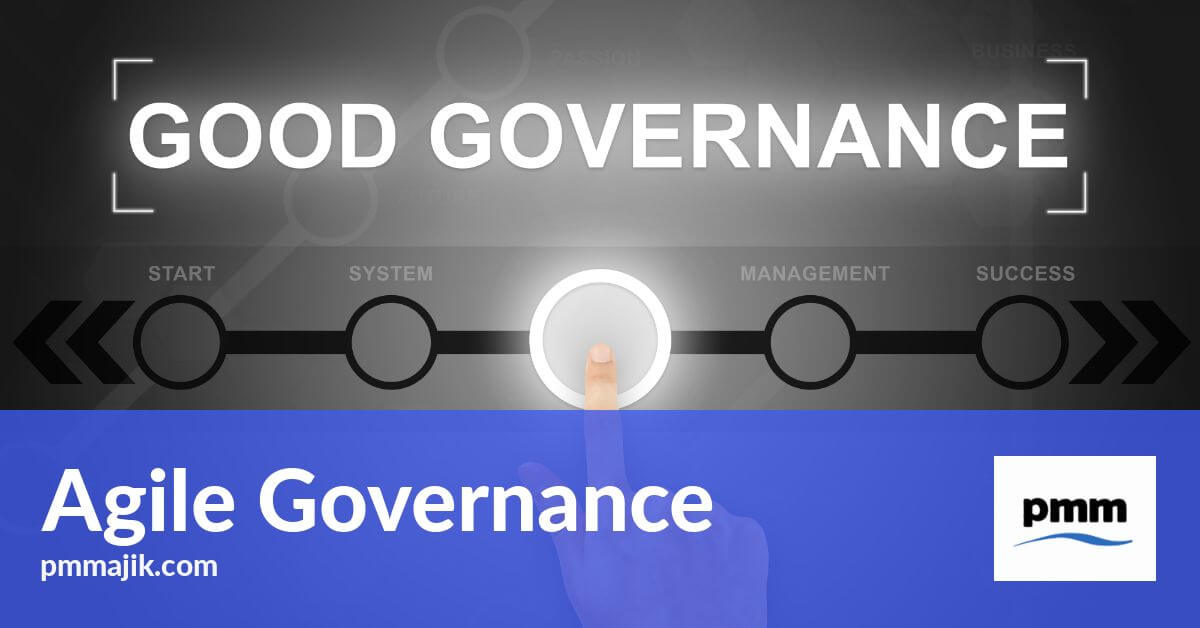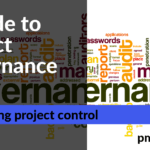In the last post about how the PMO supports the Agile process it touched upon governance in Agile. This post will explore Agile governance in more depth.
What is Governance?
Governance, sometimes referred to by it’s less common name, project oversight, ensures that a project stays on track.
When governance is effective it can recognise that a project is deviating from its original goals, standards or other aspects that the organisation deems important. Crucially, it can also identify whether a project will go over budget, allowing the organisation to decide if it should continue.
How does governance fit with Agile?
As with many aspects of project management, governance is associated with more traditional methods of project management, such as stage-gate processes, where formal reviews are conducted at each gate.
This isn’t to say however, that governance can’t be adapted to fit Agile’s more iterative nature.
Firstly, project management and project governance should be thought of as separate entities; identifying that the project needs high-level checkpoints alongside a team that is free to manage itself and its work in an Agile way.
Secondly, it can be easy to think of governance as weighty, time-consuming red tape. It is important to reject that notion. Governance isn’t the enemy, it’s application however may be a different story.
A lightweight governance model should provide the necessary oversight to senior management within the organisation, whilst having little impact on the project. For example, projects of a certain financial amount may need to be approved before they can begin, and regular progress summaries will often be requested.
Project and governance fit
It is unlikely that organisations which are new to Agile will revamp their traditional approach to governance, and so the project team will need to view the current non-agile governance and identify how they can manipulate it to fit their Agile processes. Ways in which this can be done include:
Identify and negotiate expectations before the project starts
Agile project teams don’t have the ability to provide all of the information and work products up-front. The design of a product, for example, may develop as work progresses. Communicate this before the project starts to manage expectations and gain support from key personnel within the organisation.
Compromise on reporting
The committees that provide project governance may be used to seeing progress in a certain format that is not necessarily compatible with Agile. Provide the information that they need but include agile-friendly documentation where possible to start to shift their expectations.
Encourage team visits
One of the most effective ways to facilitate a shift towards Agile governance is to invite governance committee members to participate in the processes.
Invite key personnel to daily scrum meetings, where they can observe first-hand how the project is progressing.
Provide case studies
Once an Agile project has shown a favourable result, the governance committee will start to take notice. The first project or two may require the team to do whatever is needed to get the project through the governance checkpoint, even if those processes are not Agile in its purest form.
The team can use those successes to argue why future projects should follow the same processes and to influence the overall governance process.
Agile governance is not too dissimilar to project governance. Both processes focus on the improvement of the final product but take completely different routes in achieving this.
Traditionally, projects are inspected and approved at specified checkpoints, using desirable attributes for comparison.
Agile achieves improvement by close collaboration, using short cycles of time-boxed sprints. With some compromise of both sides, organisations can make the move to become more Agile in their governance activities.






